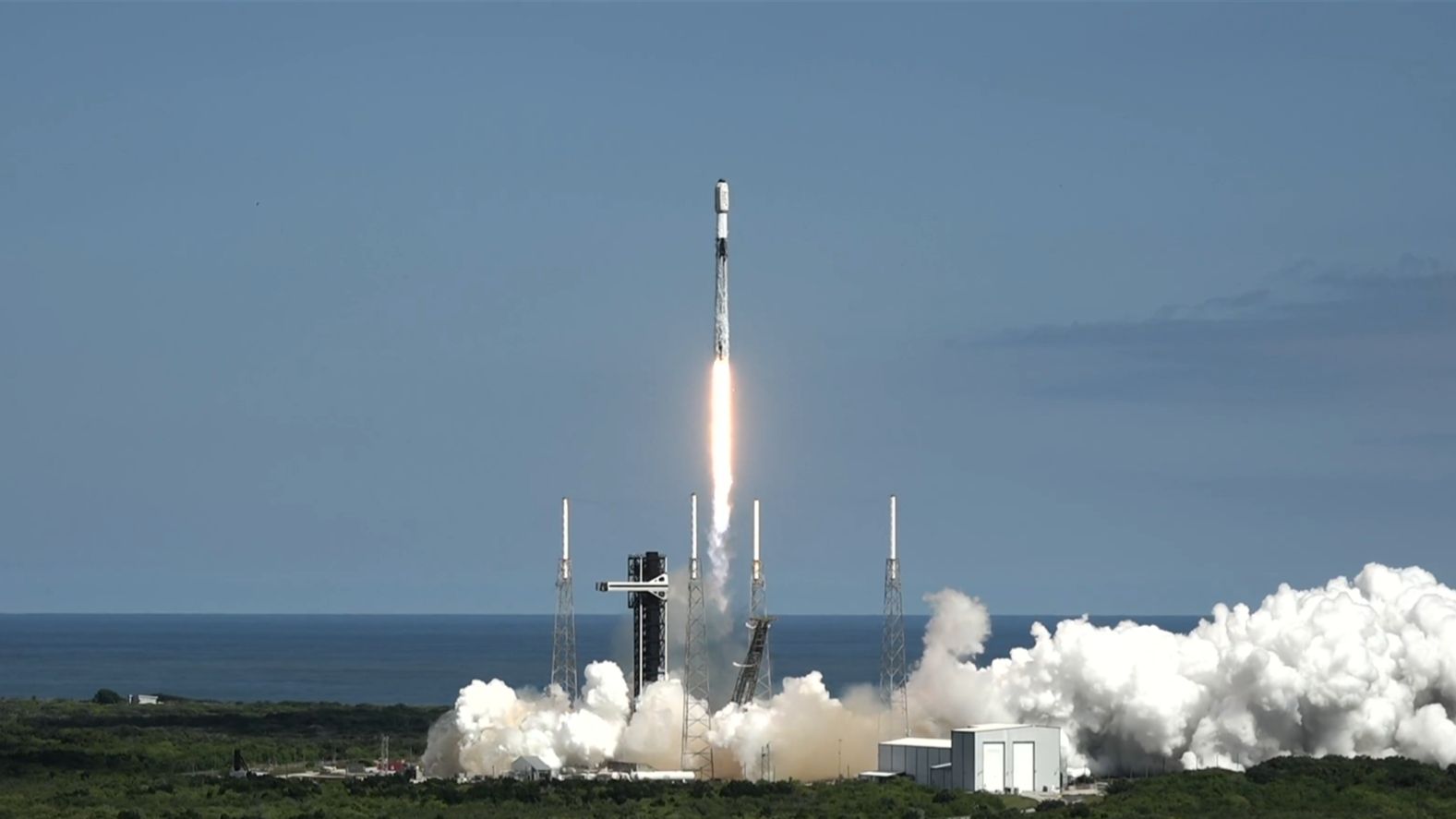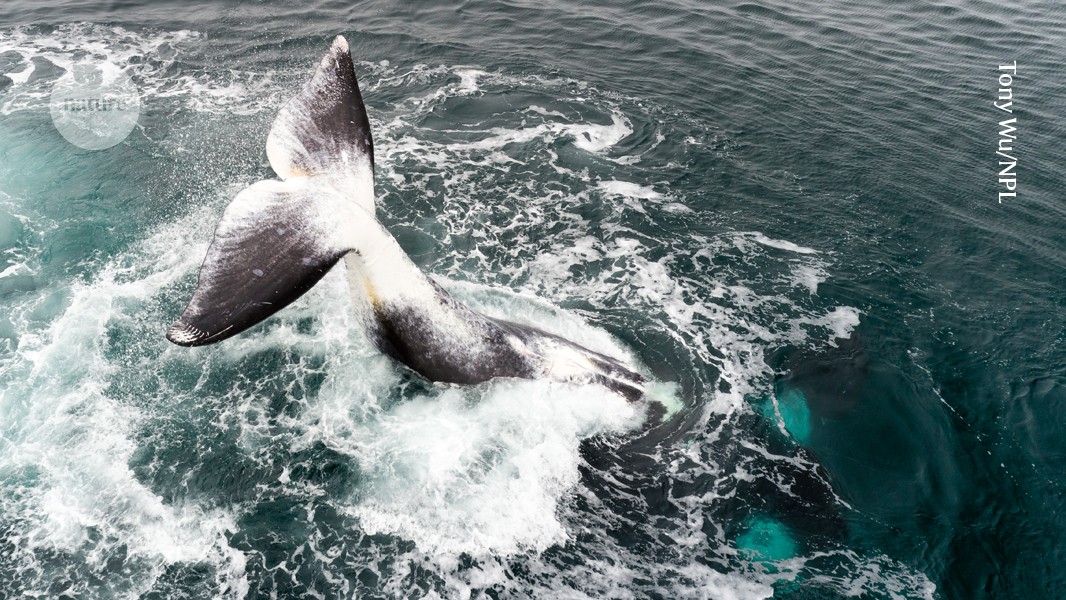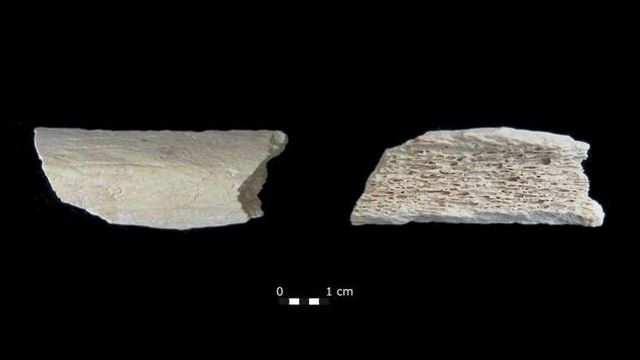SpaceX launched 29 more of its Starlink internet satellites to orbit today (Oct. 29), sending them up from Florida’s Space Coast.
A Falcon 9 rocket carrying the Starlink spacecraft lifted off from Cape Canaveral Space Force Station today at 12:35…

SpaceX launched 29 more of its Starlink internet satellites to orbit today (Oct. 29), sending them up from Florida’s Space Coast.
A Falcon 9 rocket carrying the Starlink spacecraft lifted off from Cape Canaveral Space Force Station today at 12:35…

The bowhead whale (Balaena mysticetus) can live for more than 200 years, thanks in part to a highly effective DNA-repair protein.Credit: Tony Wu/Nature Picture Library
Encased in a blanket of blubber that is nearly half a metre thick, and with a…

High-molecular-weight (HMW) DNA was extracted from young leaf tissue from a single two-week-old seedling grown in an isolated growth chamber under a 12-h photoperiod. The…

The human bone was scanned using micro-CT imaging, which revealed it was likely to have come from a thigh bone. Subsequently, it was also radiocarbon dated using the most up-to-date decontamination methods, which placed the bone between 46,000…

The human bone was scanned using micro-CT imaging, which revealed it was likely to have come from a thigh bone. Subsequently, it was also radiocarbon dated using the most up-to-date decontamination methods, which placed the bone between 46,000…
Contributed by Rudy Molinek, GSA Science Communication Fellow
Boulder, Colo., USA: The consequences of a warming climate are known to be dangerous for marine ecosystems, with environmental changes like…
This request seems a bit unusual, so we need to confirm that you’re human. Please press and hold the button until it turns completely green. Thank you for your cooperation!

Fulton, B. J. et al. The California-Kepler survey. III. A gap in the radius distribution of small planets. Astron. J. 154, 109 (2017).
Google Scholar
Bean, J. L., Raymond, S. N. &…

Newswise — Woods Hole, Mass. (Oct. 29, 2025) — The Woods Hole Oceanographic Institution (WHOI) is proud to announce that Michael Spall, a Senior Scientist in Physical Oceanography, has been selected to deliver the…